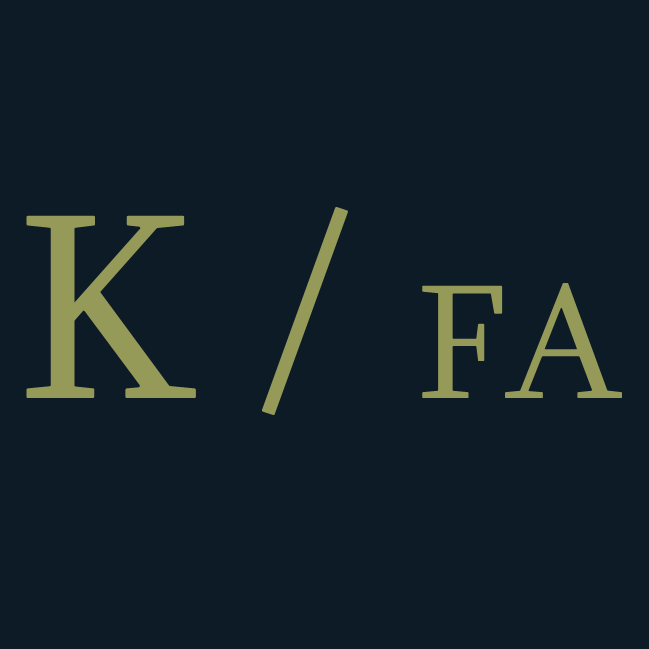Rodolphe Paul Wytsman
[EN]
Rodolphe Paul Wytsman (1860-1927) was a Belgian painter, born in Dendermonde, and trained at the Academy for Visual Arts in Ghent. After finishing at the Academy, he travelled to Italy. Upon his return in 1883, he got to know Juliette Trulemans (1866-1925), who would later become his wife. For most of their career, the couple worked together, both working in their distinct style. Juliette would use a variety of thickly and thinly applied paint. Rodolphe used a technique more related to the Impressionists, using a variety of lively brushstrokes.
In 1884, Rodolphe Wytsman was one of the founding members of Les XX (les vingt), the group of avant-garde artists rebelling against the academic Salon and other conservative institutions. Wytsman quit his membership of the group after a couple of years. He again exhibited with its successive association: La Libre Esthetique, which was founded 1893.
With La Libre Esthetique, the Luminist movement gained momentum, thanks to painters like Emile Claus. Wytsman combined his Impressionist brushwork with the attention to light effects of Emile Claus, to create his ideosyncratic luminism. During the First World War, Rodolphe and Juliette Wytsman were among the many Belgian artists fleeing the terrors of war. They settled for the time in The Netherlands, with Rodolphe as one of the central figures in the community of Belgian artists.
[NL]
Rodolphe Paul Wytsman (1860-1927) was een Belgische kunstenaar, geboren in Dendermonde. Hij volgde zijn opleiding aan de academie voor beeldende kunsten in Gent. Nadat hij afstudeerde aan de academie, reisde hij naar Italië. Bij zijn terugkeer in 1883 leerde hij kunstenares Juliette Trulemans (1866-1925) kennen, die later zijn vrouw zou worden. Gedurende het grootste deel van hun carrière werkte het echtpaar veel samen, elk in hun eigen stijl. Juliette varieerde vooral in dik en dun aangebrachte verf. Rodolphe gebruikte een schildertechniek die vooral verwant is aan die van de impressionisten, met een variatie aan levendige penseelstreken.
In 1884 was Rodolphe Wytsman een van de stichtende leden van Les XX (les vingt), de groep van avant-garde kunstenaars die tegen de academische Salon en de conservatieve instituten streed. Wytsman zegde zijn lidmaatschap van de groep na een paar jaar op. Hij sloot zich later alsnog aan bij de opvolger van Les XX: La Libre Esthetique, de groep die in 1893 werd opgericht.
Dankzij La Libre Esthetique kreeg de het Belgisch luminisme vaart, vooral dankzij Emile Claus. Wytsman combineerde zijn impressionistische penseelvoering met de aandacht voor lichteffecten van het luminisme. Daarmee maakte hij een heel eigen versie van het luminisme. Gedurende de Eerste Wereldoorlog vluchtten Rodolphe en Juliette Wytsman, net als veel andere Belgische kunstenaars naar Nederland.


